- July 18, 2024
What is White Mold and is it Dangerous?
White Mold is a description of how mold looks rather than a specific species of mold. You likely stumbled across this page looking for more information if you are seeing a white, mold like substance in your home or business. The only way to truly know what species of mold you are dealing with is to test it but we will provide some general information on visible mold that appears white.
What is White Mold?
If you are seeing white mold, it is likely the start of mold colonizing. More often than not when dealing with an indoor environment this will be Aspergillus, Cladosporium, and Penicillium. These species of mold are found in low quantities both inside and outside. When conditions conducive for mold growth exist, these mold spores will absorb those nutrients to colonize and multiply; that is when you start to see visible mold. To learn more about this process, read more about How Does Mold Grow.
How to Test for White Mold?
Testing for White Mold is no different than testing for other species of mold. Surface tests can be done to determine the species but air testing is very important when this species is present. Since there is not always a clear source like a water intrusion situation, it is good to test multiple areas to see if the problem is widespread. Air samples, unlike surface samples will show not only a species of mold but also a quantity. This will give clarity when trying to determine the severity of a problem.
Is White Mold Dangerous? White Mold vs. Black Mold
When it comes to mold, everyone is concerned about "Toxic Black Mold". While there are reasons to be concerned about that species of mold, White Mold presents its own problems. Generally speaking, white mold is known as a "Non-Toxic" species of mold as it does not release mycotoxins. It is however, an allergenic mold. We mentioned previously that this species is seen at low levels all around us and that might make it seem harmless. The issue is that when an indoor environment has these types of issues and excess water/moisture, the concentration levels of mold in the air are extremely high. In our professional opinion white mold is very dangerous and here is why:
Anyone exposed to extremely high levels of Penicillium Aspergillus or White Mold will experience acute symptoms; shortness of breath, irritation of skin, eyes, and throat. Mold Sensitive persons will experience negative health effects from even slightly elevated levels of this type of mold.
The first example is under extreme conditions with heavy mold growth but if that is what happens under those circumstances, even slightly elevated levels are likely dangerous to some degree.
Common Places for White Mold to Grow
As with any species of mold, white mold can present itself where organic nutrients and water/moisture are available. Within an indoor living space, the most common places to see this mold start to grow is on clothes, shoes and furniture. Specifically, within closets as they are dark and have little airflow. For more information on this topic you can read Common Places for Mold to Grow.
What does White Mold Look Like?
Rather than try to explain what White Mold looks like, we have compiled various photos of this type of mold so you can see for yourself. Below are just some of the examples that we have come across on our mold inspections.
How to Remove White Mold
You do not remove specific species of mold, you remediate the entire problem and rid the species in the process. In general, you need to remove all contaminated porous materials; drywall, insulation, carpet, etc. HEPA vacuuming and agitation play a key role in removing mold from a structure and finalized with anti-microbial treatment. Dehumidifiers are used to remove excess moisture from the air and structure if necessary and Air Scrubbers are ran to remove excess mold spores from the air. Air filtration is particularly important for white mold as material removal is not always necessary for these types of problems but wiping away the growth is more than likely not enough when it starts to become visible. Depending on the severity, an HVAC cleaning might be necessary to prevent the problem from returning. Click the Mold Remediation Process if you would like to learn more on this topic.
How to Prevent White Mold
As with any species of mold, the key to not having problems is avoiding water intrusion and excess moisture. These types of problems are usually due to issues with ventilation or HVAC systems. Whether it is a building system that has defects, failing to use an air conditioner and/or a vacant property. Keep humidity under 60%, preferably closer to 50%. If you experience problems, there is a chance that you will need a third-party service provider to address the source such as a Roofer or HVAC technician. Make sure that the source is address at the same time as your mold remediation, so the problem does not reoccur.
Conclusion
We hate to be the bearer of bad news that White Mold is not the “good guy” counterpart to the ever so popular black mold. While most people are concerned about whether they have a “toxic” species present, this can be just as bad to have indoors at high levels, if not worse.
The good news is that you have an ally in the fight against mold as MI&T is an unbiased mold inspection company that can get you the real answers you are looking for inspecting and testing for white mold. If you are looking for assistance, give us a call at 855-600-6653.
White Mold Under Sink
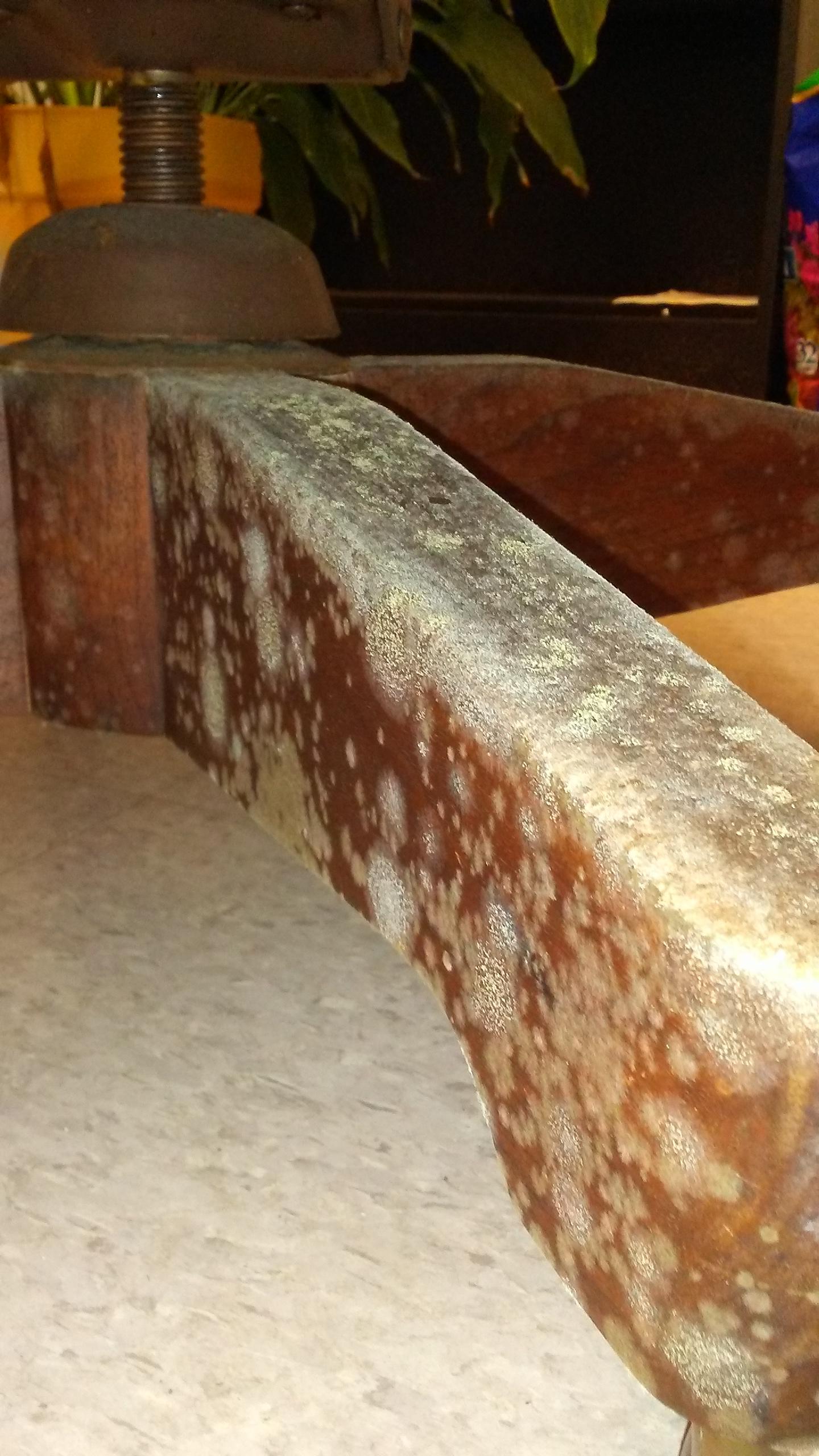
White Mold on Wood Chair
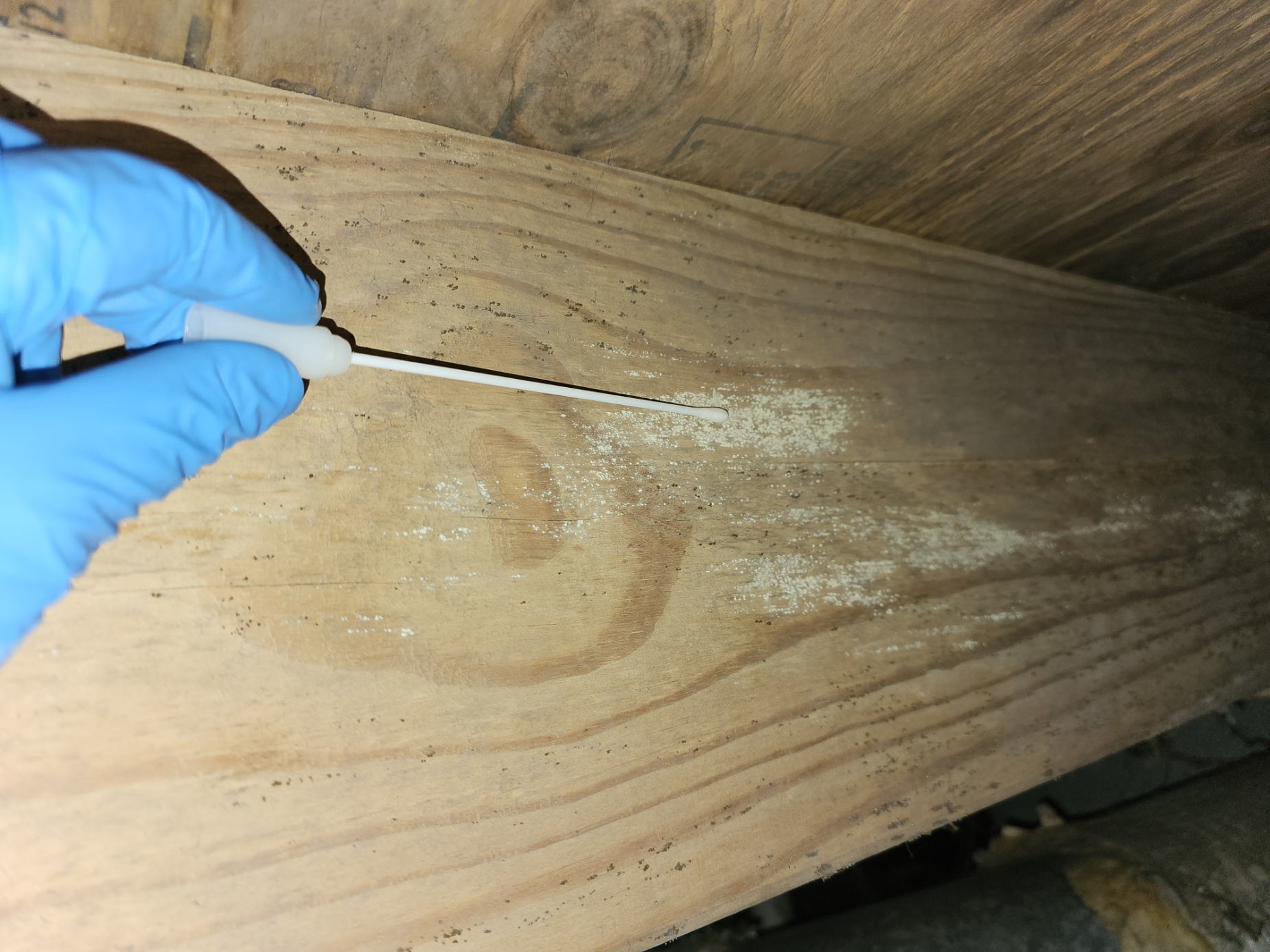
White Mold on Wood Beam
White Mold on Suitcase

White Mold on Subfloor
White Mold on Storage Cabinet

White Mold on Roof Sheathing
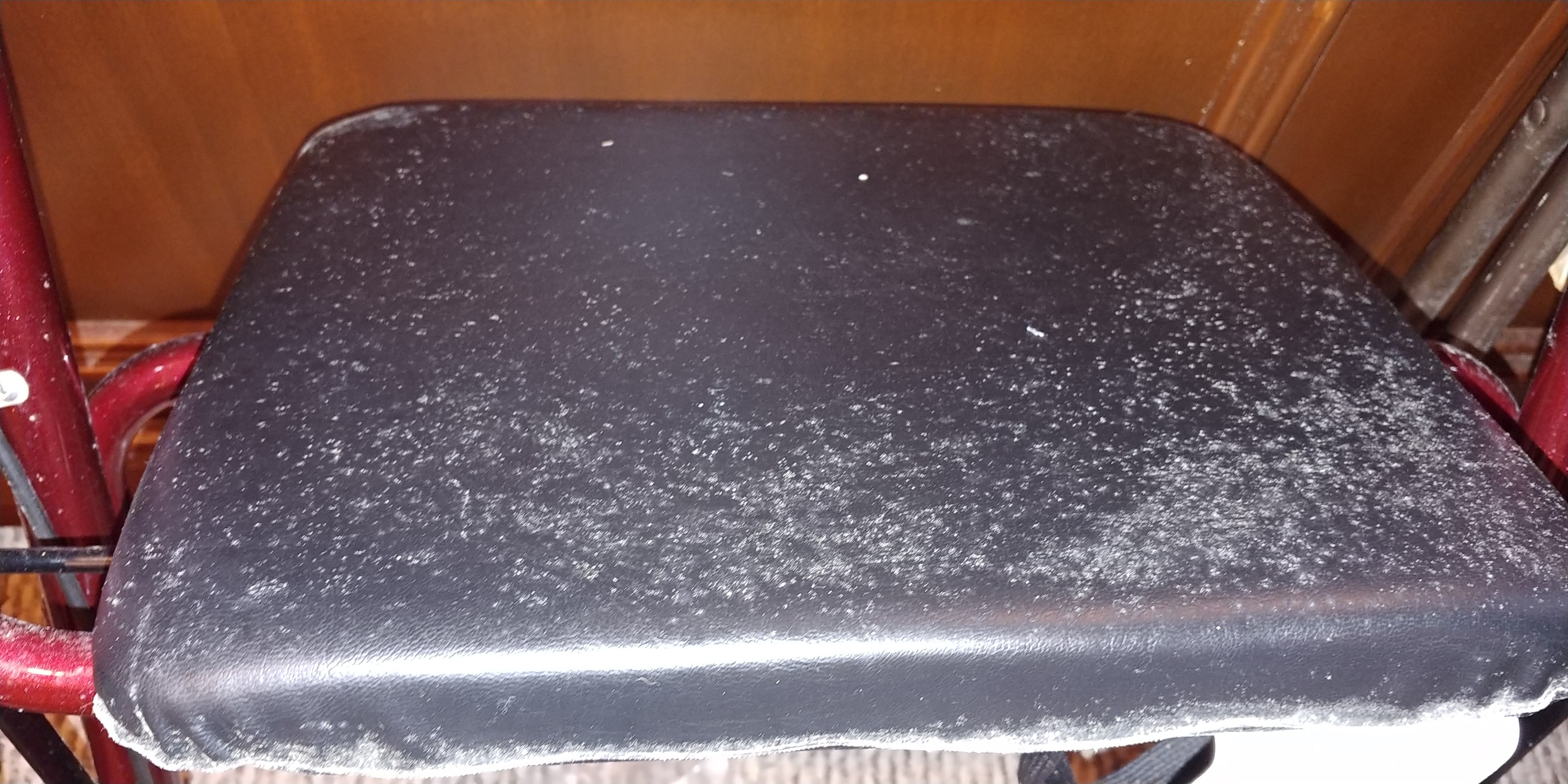
White Mold on Leather
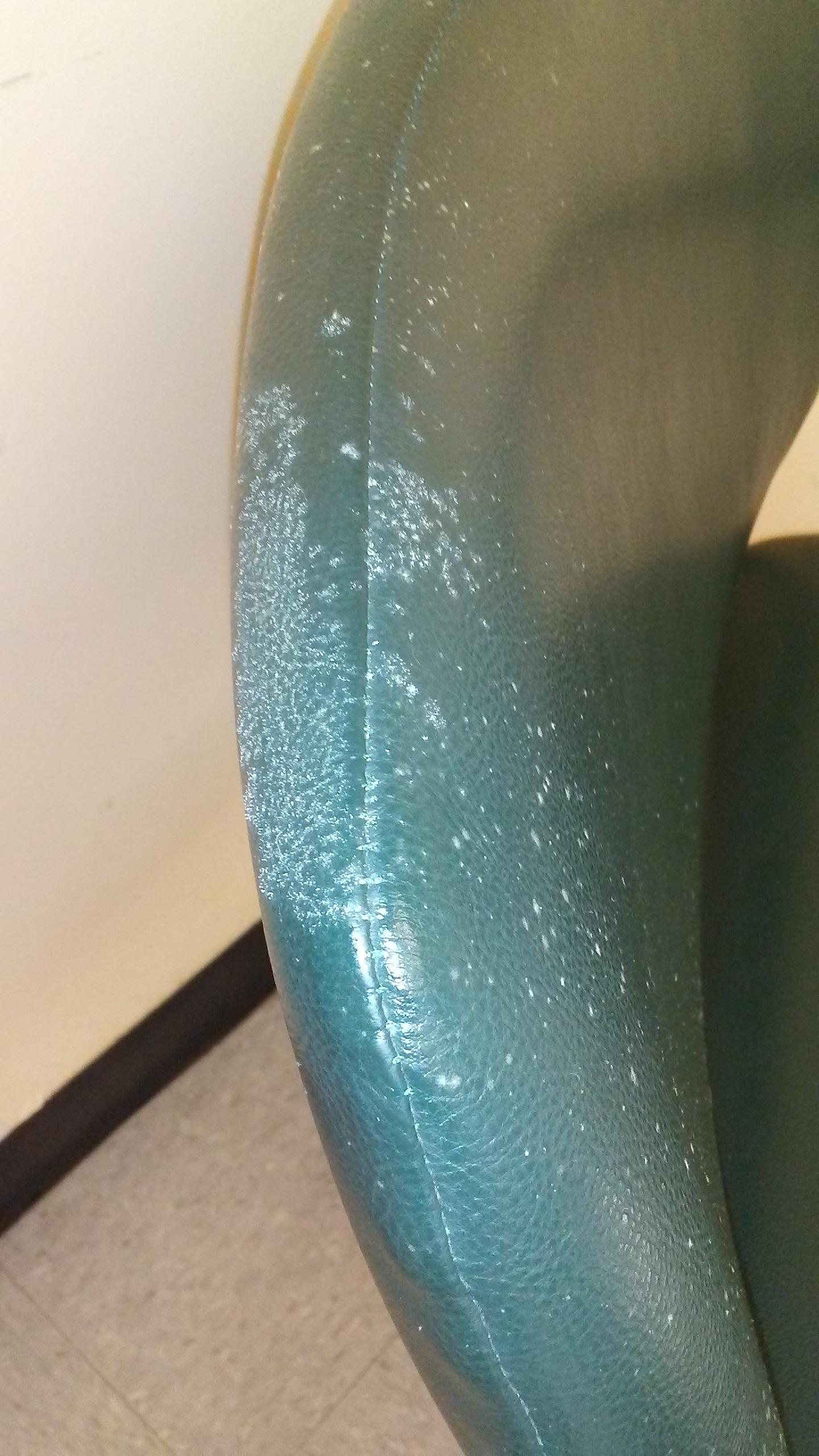
White Mold on Leather Chair
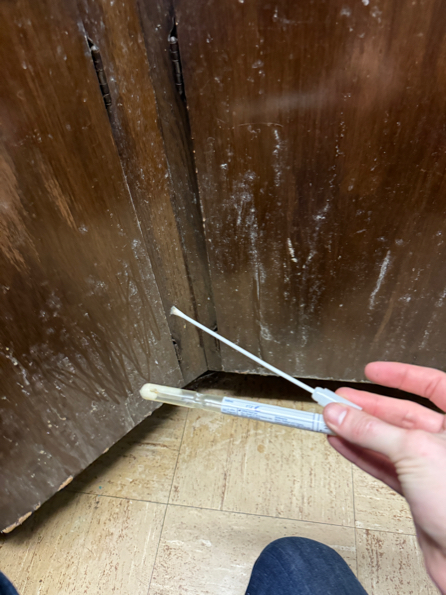
White Mold on Kitchen Cabinets

White Mold on Hat
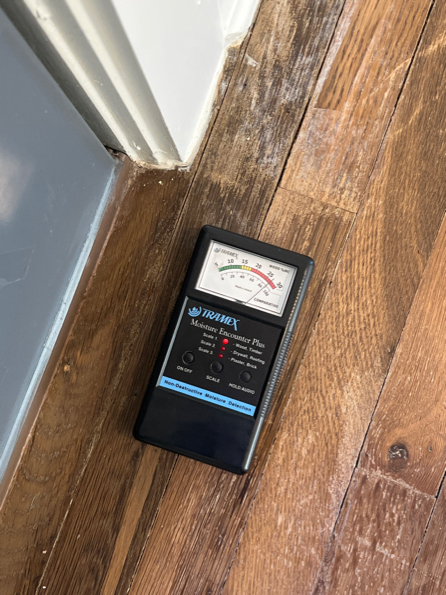
White Mold on Hardwood Floor
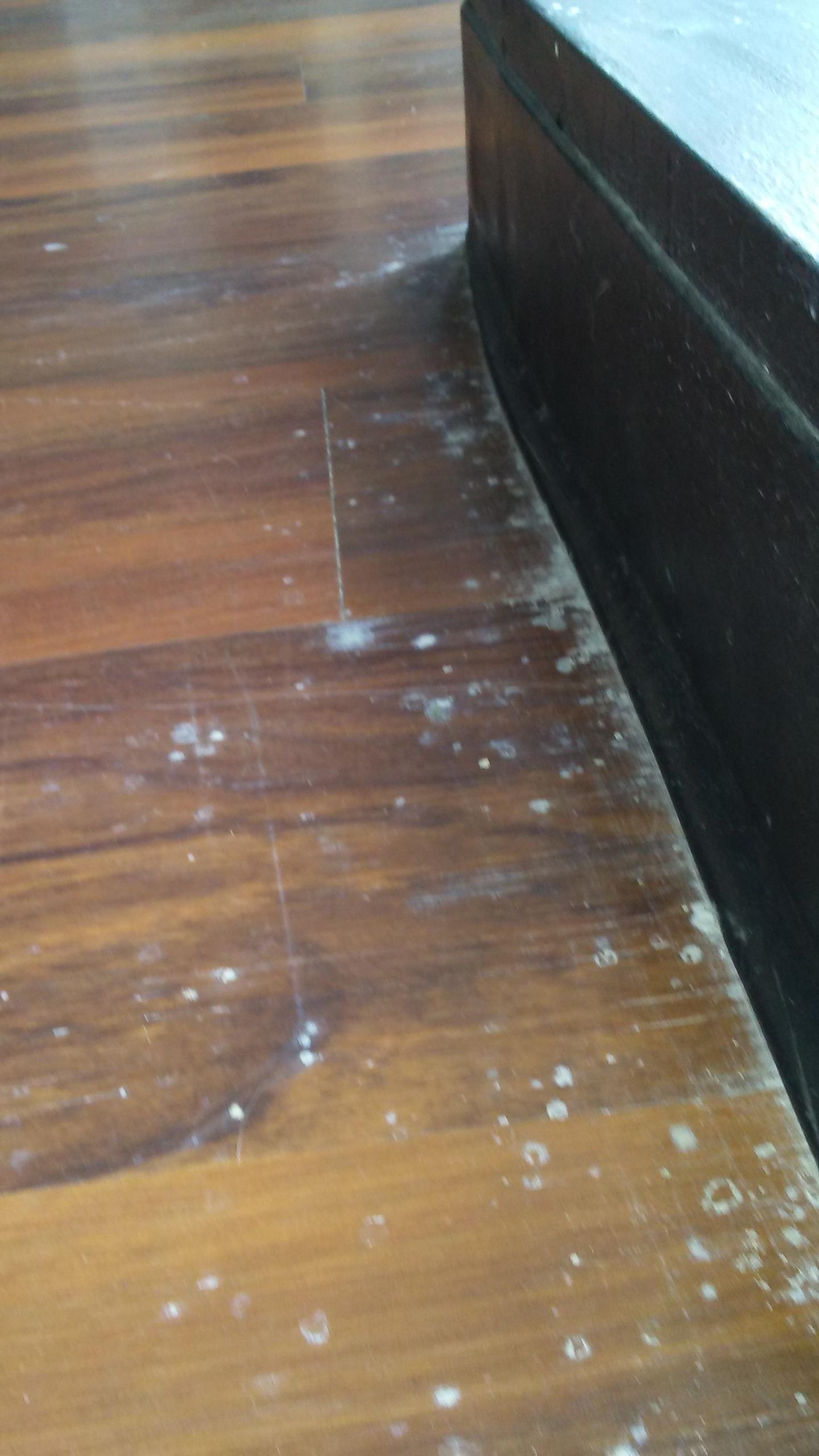
White Mold on Floor
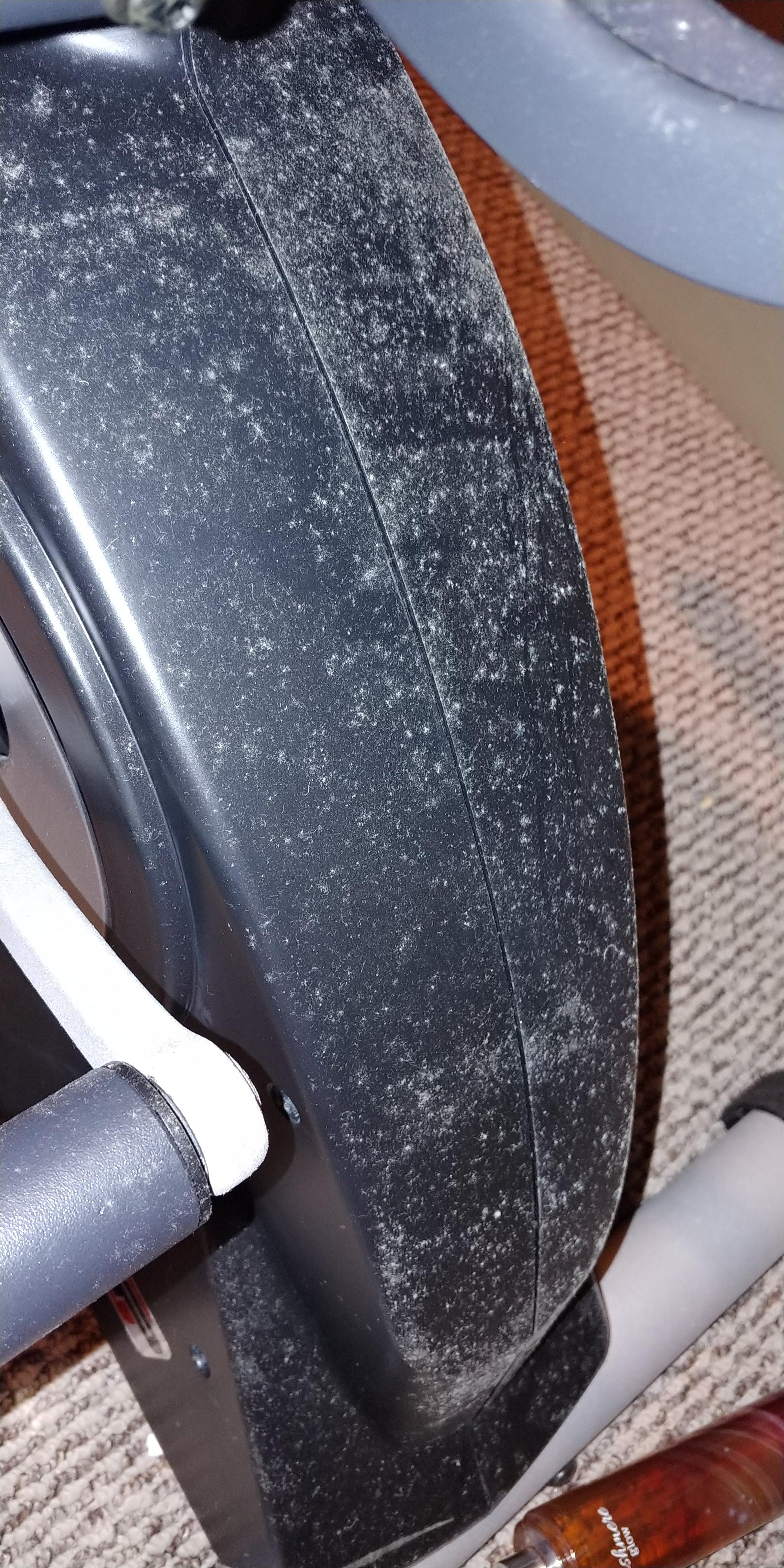
White Mold on Exercise Equipment
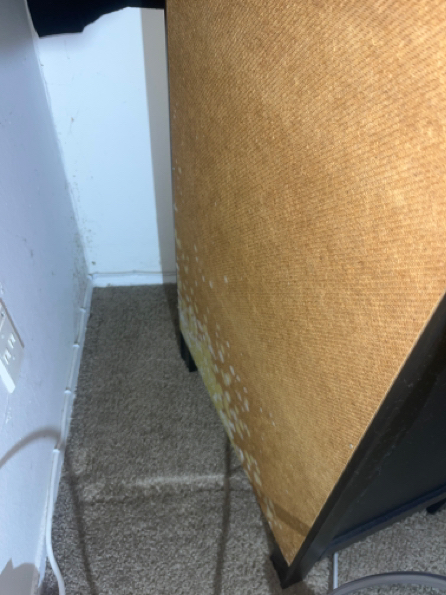
White Mold on Dresser
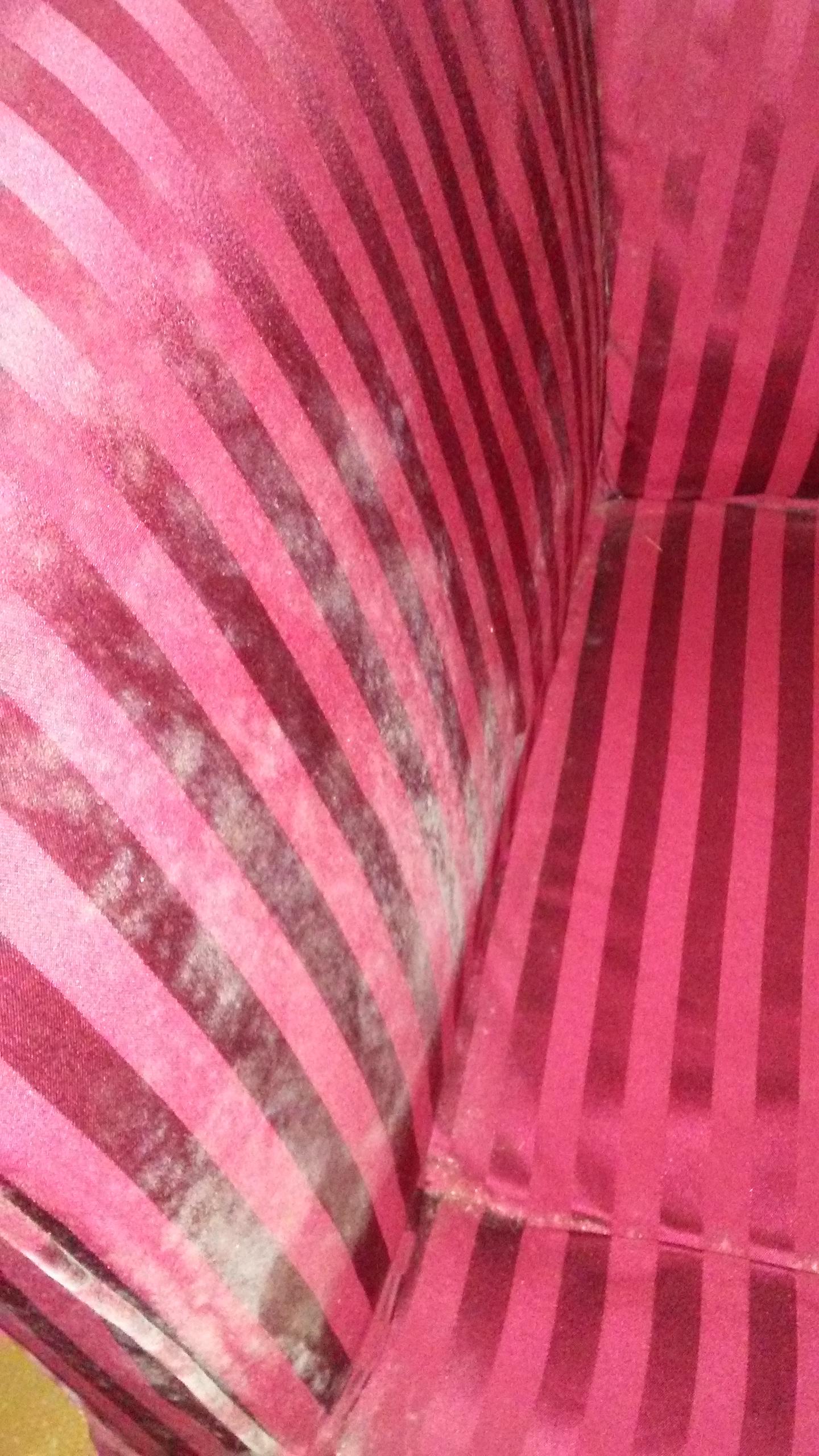
White Mold on Chair
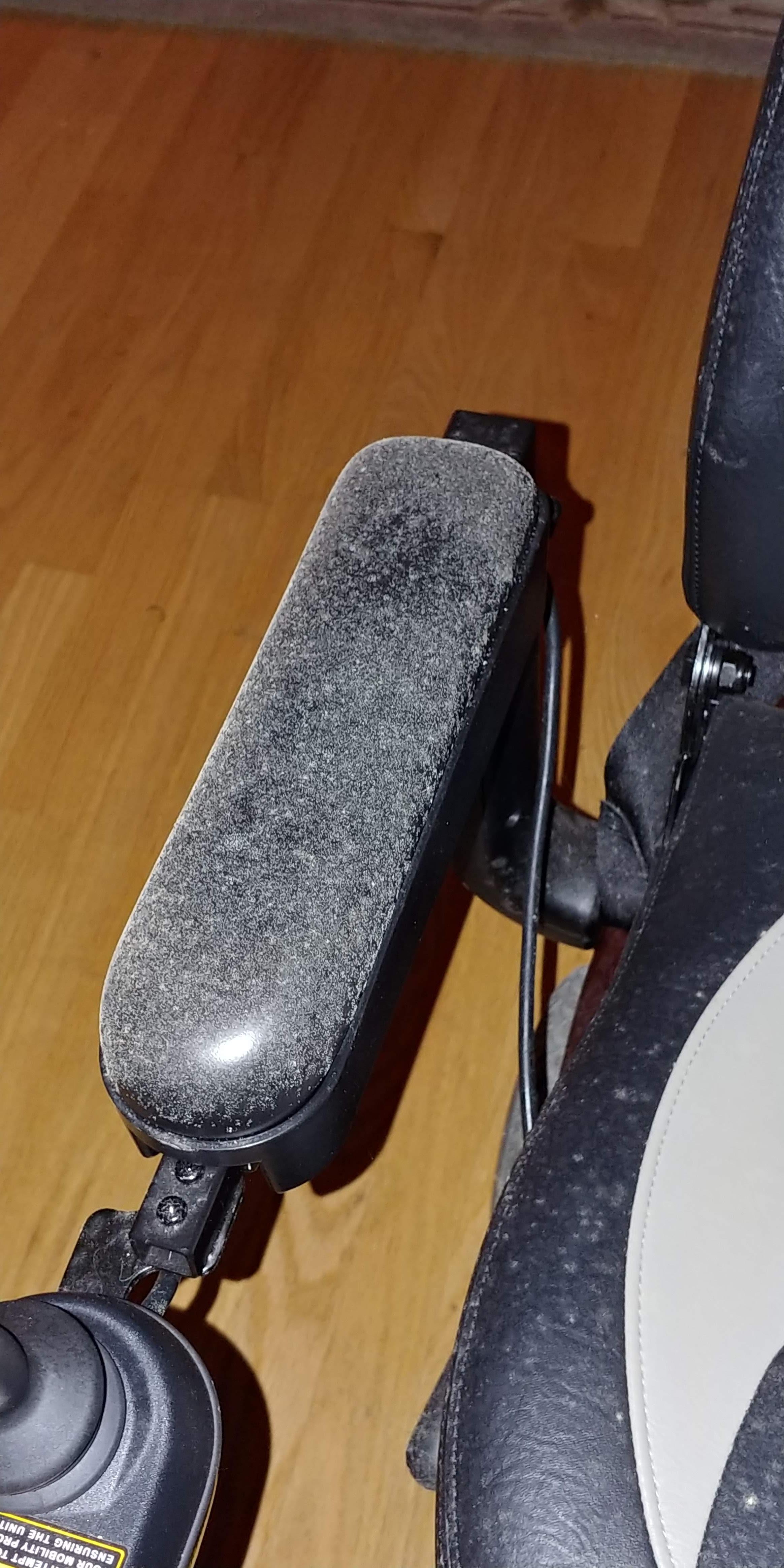
White Mold on Chair Armrest
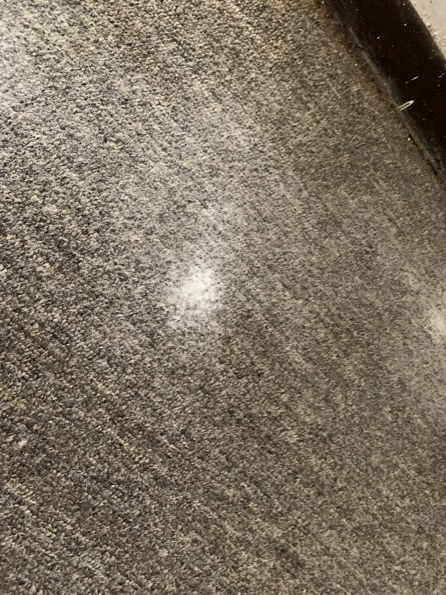
White Mold on Carpet
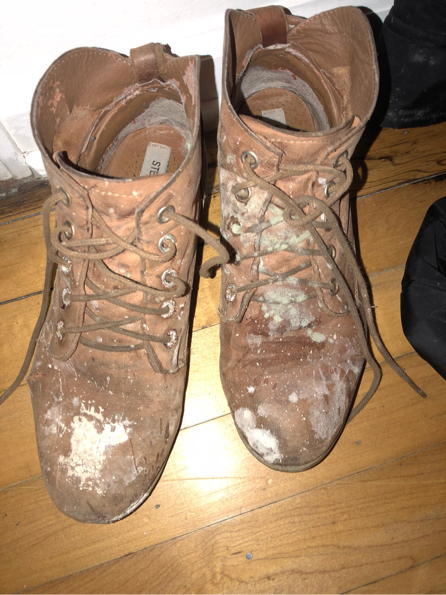
White Mold on Boots
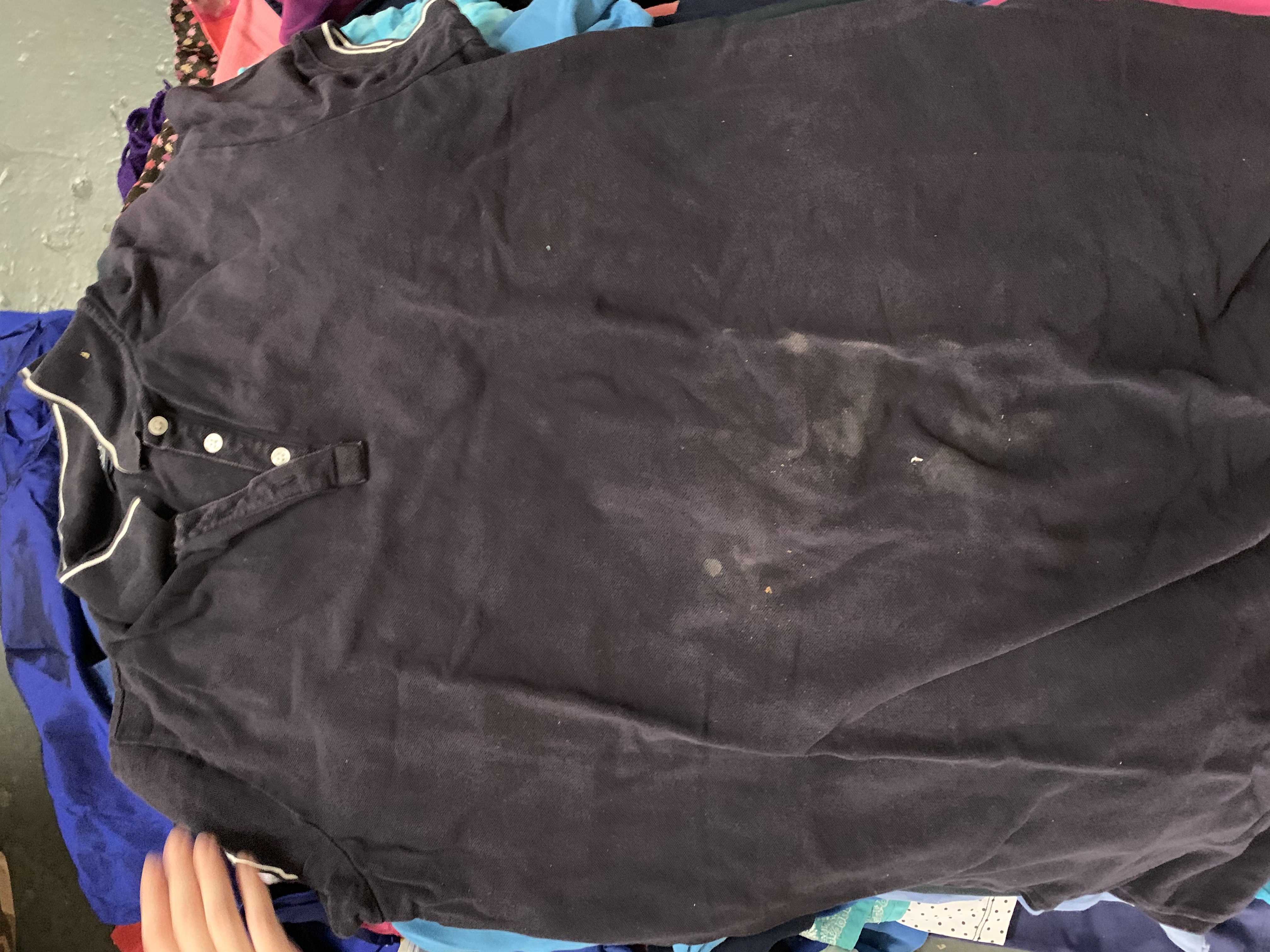
White Mold on Black Shirt
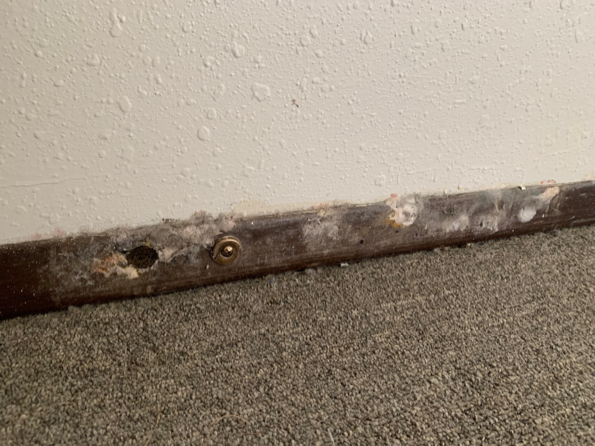
White Mold on Baseboard
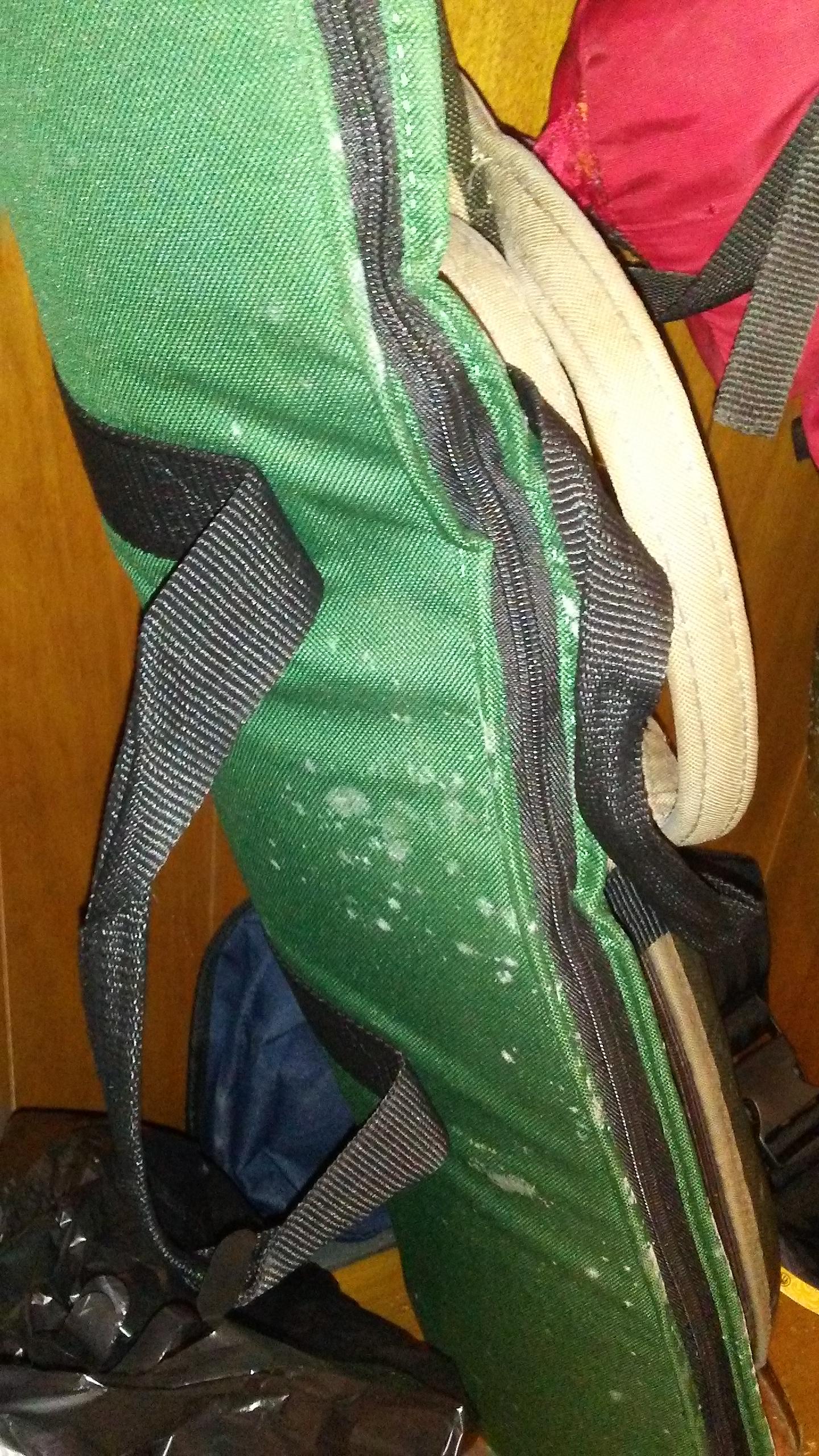
White Mold on Bag
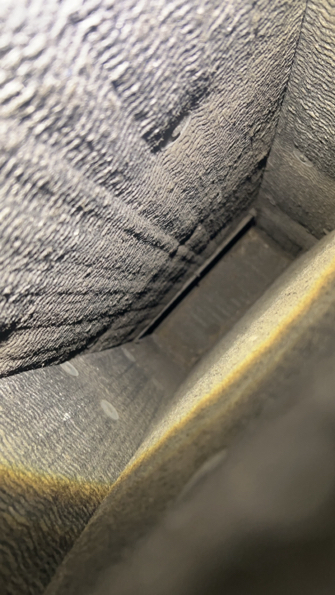
White Mold on AC Coil
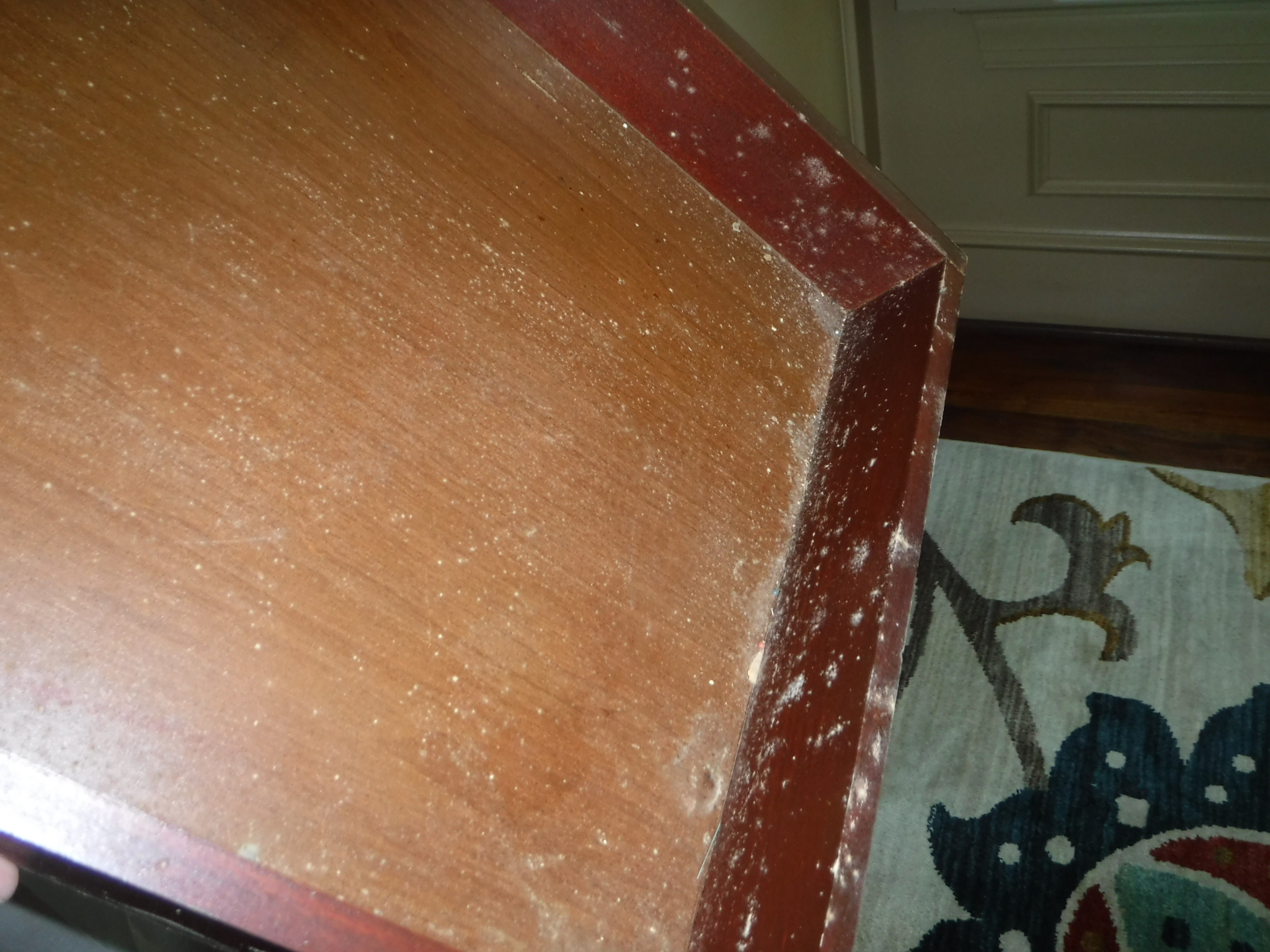
White Mold in Drawer
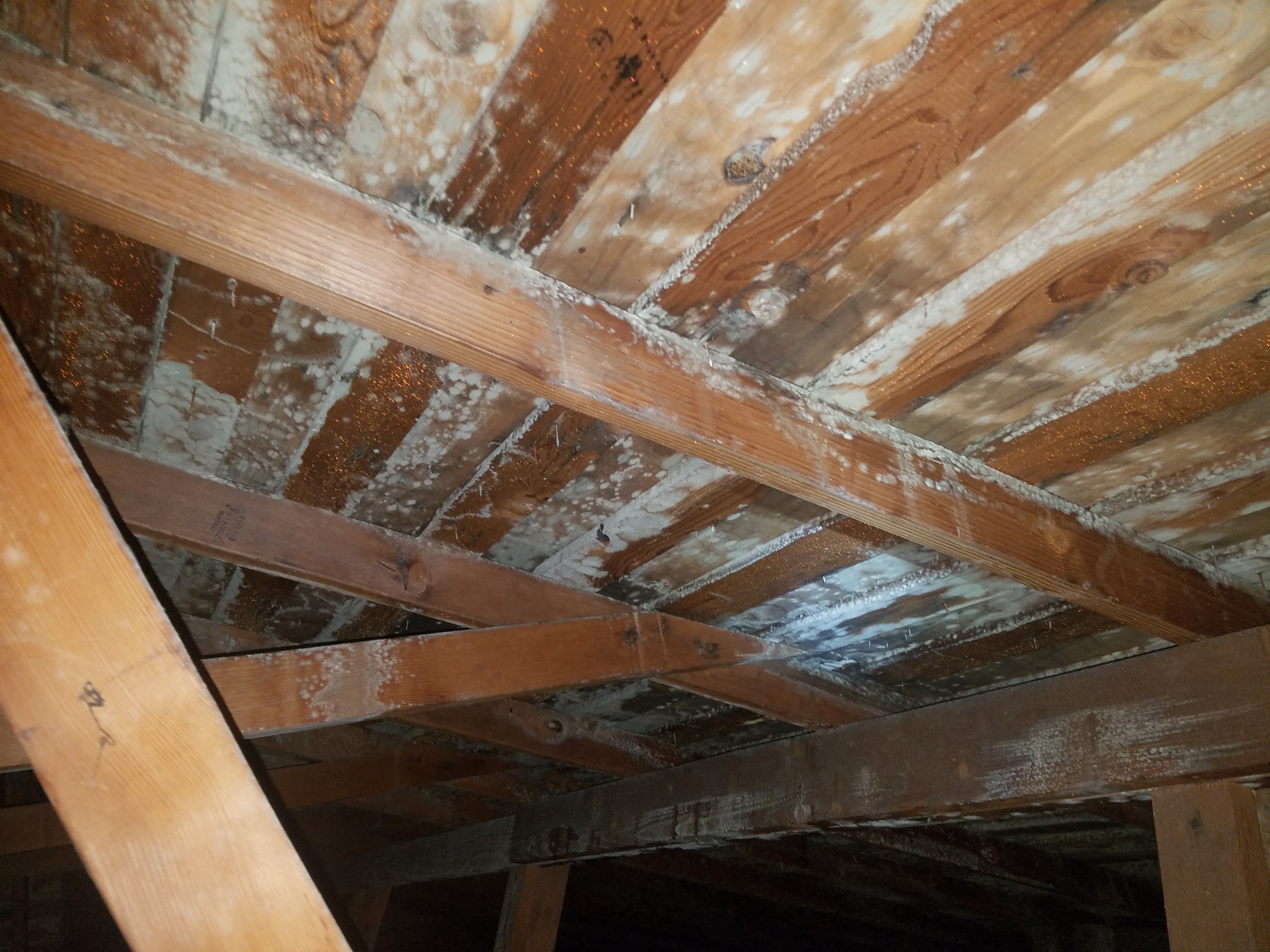
White Mold in Attic

